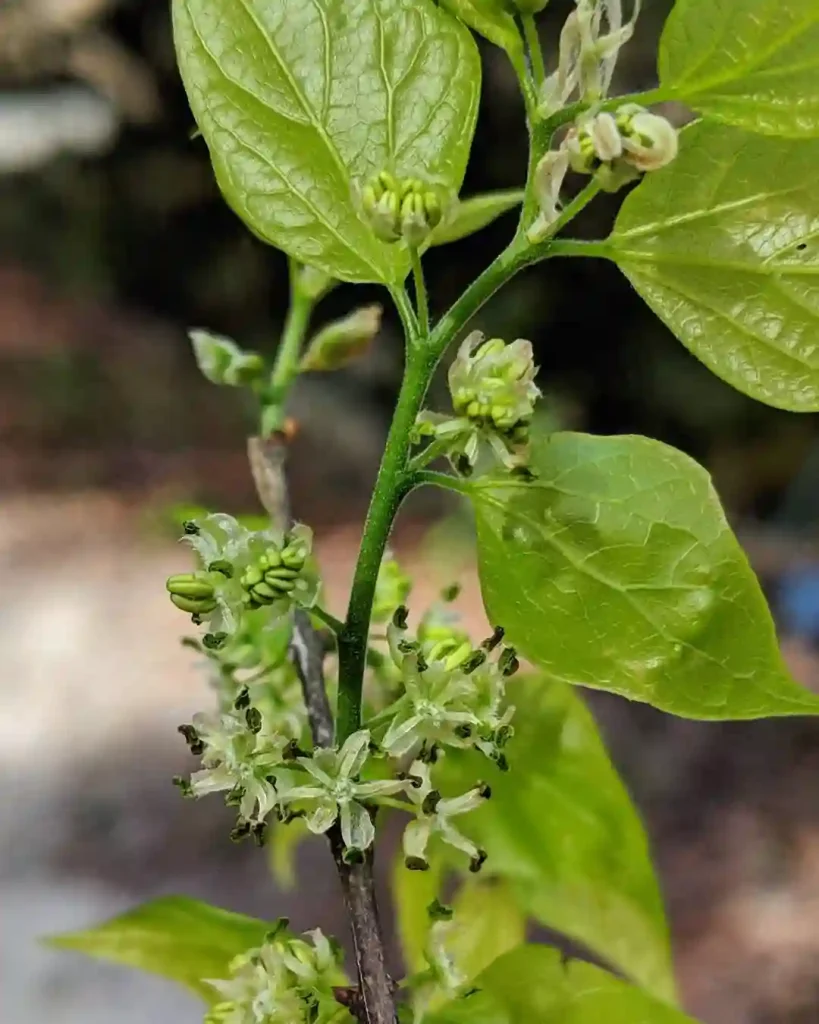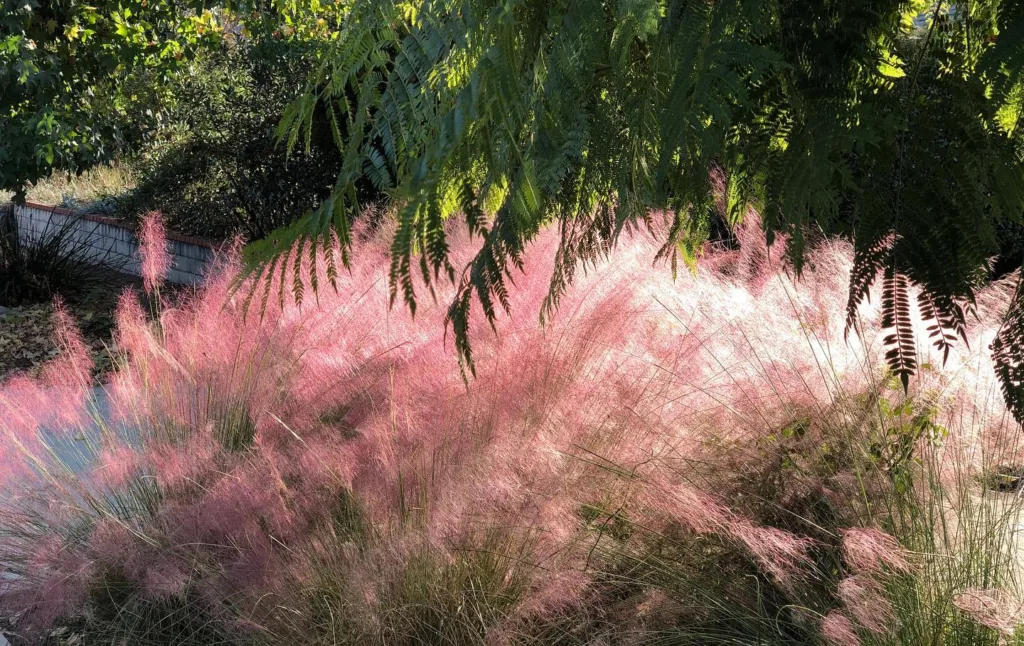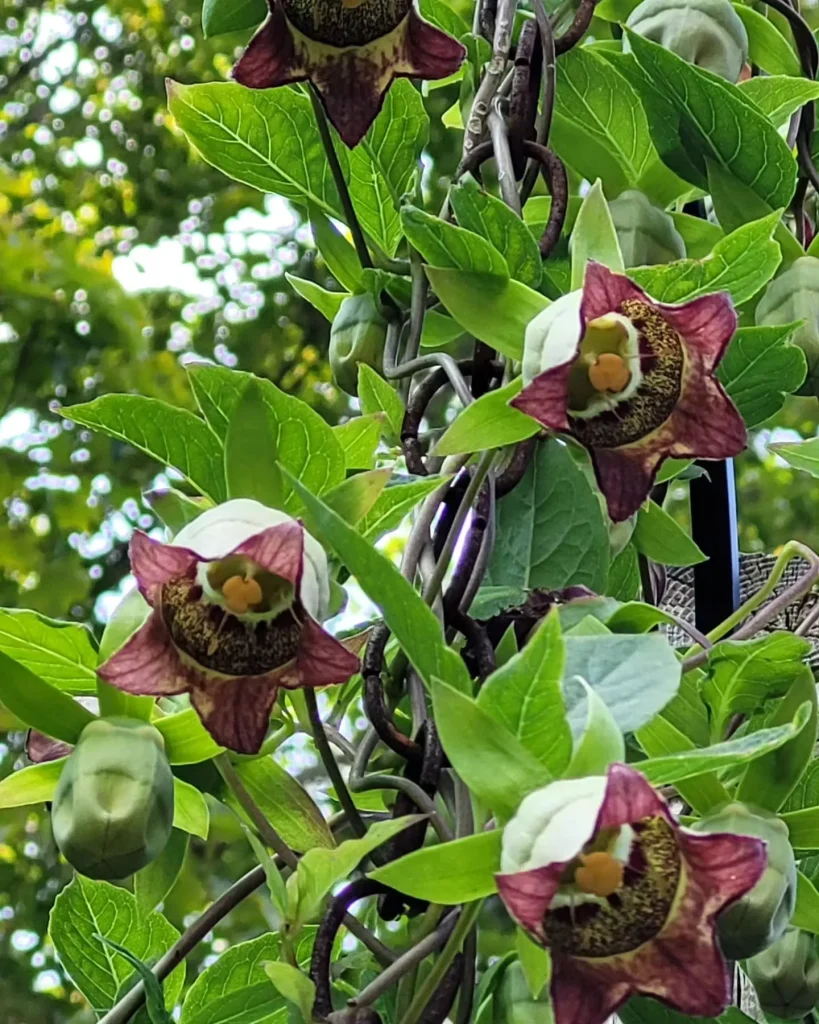
What is a Shrimp Plant?
A Shrimp Plant (Justicia Brandegeeana) is a unique and striking plant often appreciated for its vibrant, shrimp-like bracts. Native to Mexico, it’s well-known for its colorful, tubular flowers and its ornamental appeal. The plant features elongated, green leaves and bracts that resemble shrimp, which is where its name originates. It’s a popular choice for gardens and indoor spaces due to its interesting appearance and relatively easy care requirements.
913 Species in Genus Justicia
How to Care for a Shrimp Plant?
Caring for a Shrimp Plant involves a few key practices:
- Light: It thrives in bright, indirect light. Direct sunlight can scorch its leaves, so it’s best placed near a window with filtered light or under grow lights.
- Watering: Keep the soil consistently moist but not waterlogged. Allow the top inch of soil to dry out between waterings. During the winter, reduce watering as the plant’s growth slows.
- Humidity: It prefers high humidity. Regular misting or using a humidifier can help, especially in dry indoor environments.
- Temperature: Maintain a temperature range between 60-75°F (15-24°C). It’s sensitive to frost, so protect it from cold drafts and freezing temperatures.
- Fertilizing: Feed it with a balanced, water-soluble fertilizer every 4-6 weeks during the growing season (spring and summer).
How to Propagate a Shrimp Plant?
Propagating a Shrimp Plant can be done through cuttings:
- Select a Healthy Plant: Choose a healthy parent plant and take 4-6 inch (10-15 cm) cuttings from the tips of new growth. Ensure each cutting has at least two nodes.
- Prepare the Cuttings: Remove the lower leaves from the cutting, leaving just a few at the top.
- Rooting Medium: Place the cuttings in a well-draining rooting medium, such as a mix of perlite and peat moss.
- Keep Moist: Water the cuttings lightly and cover them with a plastic bag or a propagation dome to maintain humidity.
- Root Development: Place the cuttings in bright, indirect light and wait for roots to develop, which usually takes a few weeks.
- Transplant: Once the roots are well-established, transplant the new plants into individual pots.
When to Prune Shrimp Plant?
Pruning is essential to maintain the shape and health of your Shrimp Plant:
- Timing: Prune in early spring or late winter before the new growth starts. This encourages bushier growth and better blooming.
- How to Prune: Remove any dead or damaged stems and trim back leggy growth to promote a fuller appearance. You can also cut back the plant to control its size and shape.
Are Shrimp Plants Perennials?
Yes, Shrimp Plants are perennials in warmer climates (USDA zones 9-11). They can survive year-round in these regions but may need to be treated as annuals or brought indoors during colder months in cooler areas.
Are Shrimp Plants Deer Resistant?
Shrimp Plants are not particularly known for being deer resistant. In fact, deer may nibble on them if other food sources are scarce. Using repellents or physical barriers can help protect your plant from deer.
Are Shrimp Plants Poisonous to Dogs?
Shrimp Plants are not classified as highly toxic to dogs. However, ingestion can cause mild gastrointestinal upset. It’s always best to prevent pets from chewing on plants and consult a veterinarian if ingestion occurs.
Are Shrimp Plants Toxic to Cats?
Similarly, Shrimp Plants are not known to be highly toxic to cats. Mild gastrointestinal issues might occur if ingested. If you suspect your cat has eaten part of the plant, contact your vet for advice.
Can You Root a Shrimp Plant in Water?
Yes, you can root Shrimp Plant cuttings in water. Place the cuttings in a container with water, ensuring that only the nodes are submerged. Change the water regularly to keep it fresh. Once roots form, you can transplant the cuttings into soil.
Shrimp Plant vs Fuchsia
Shrimp Plants and Fuchsia (Fuchsia spp.) are often compared due to their similar ornamental uses, but they have distinct differences:
- Appearance: Shrimp Plants have bracts that resemble shrimp, while Fuchsias have drooping, tubular flowers.
- Growth: Shrimp Plants are bushier and more compact, whereas Fuchsias can grow as hanging plants or shrubs.
- Care: Fuchsias typically require cooler temperatures and more shade compared to the Shrimp Plant’s preference for warmer, brighter conditions.
Shrimp Plant vs Lollipop Plant
The Lollipop Plant (Pachystachys lutea) is another plant often confused with the Shrimp Plant:
- Flowers: Lollipop Plants have bright yellow flower spikes that resemble lollipops, while Shrimp Plants have pink or red bracts.
- Growth Habit: Both plants have a bushy appearance, but Lollipop Plants generally have a more upright growth pattern.
Shrimp Plant vs Egg Plant
Comparing Shrimp Plants to Eggplants (Solanum melongena) is less common, as they are quite different:
- Species: Shrimp Plants are ornamental shrubs, whereas Eggplants are edible vegetables.
- Appearance: Eggplants produce fruits that vary in color, whereas Shrimp Plants have decorative bracts and flowers.
- Care: Eggplants require full sun and different soil conditions compared to Shrimp Plants, which prefer indirect light and well-draining soil.
Benefits of Growing Shrimp Plant
- Ornamental Appeal: The unique appearance of Shrimp Plants adds visual interest to gardens and indoor spaces.
- Low Maintenance: They are relatively easy to care for with minimal pest issues.
- Versatility: Suitable for both indoor and outdoor environments, adapting well to various settings.
Common Problems with Shrimp Plants
- Pests: Watch for spider mites and aphids, which can be controlled with insecticidal soap or neem oil.
- Diseases: Root rot can occur if the plant is overwatered. Ensure good drainage and avoid waterlogging.
- Leaf Drop: This can result from sudden changes in environment or improper watering.
I hope this comprehensive guide helps you in caring for and enjoying your Shrimp Plant! Whether you’re new to gardening or an experienced enthusiast, these insights should help you maintain a vibrant and healthy plant.
If i die, water my plants!



